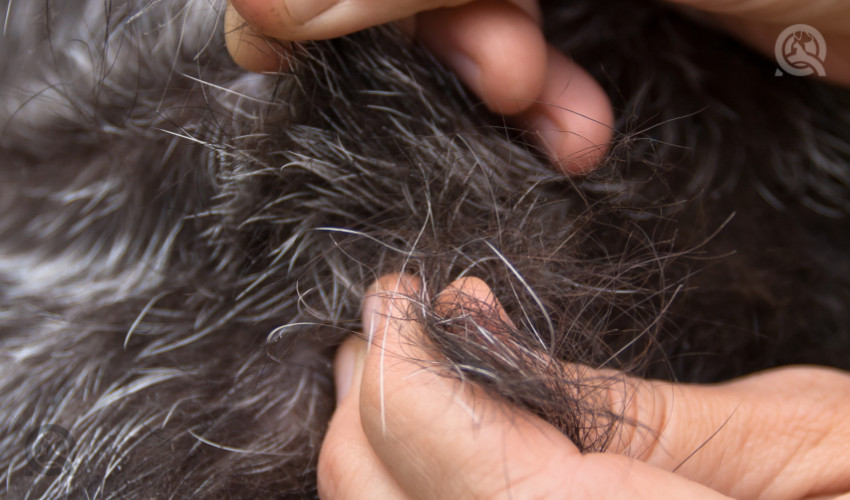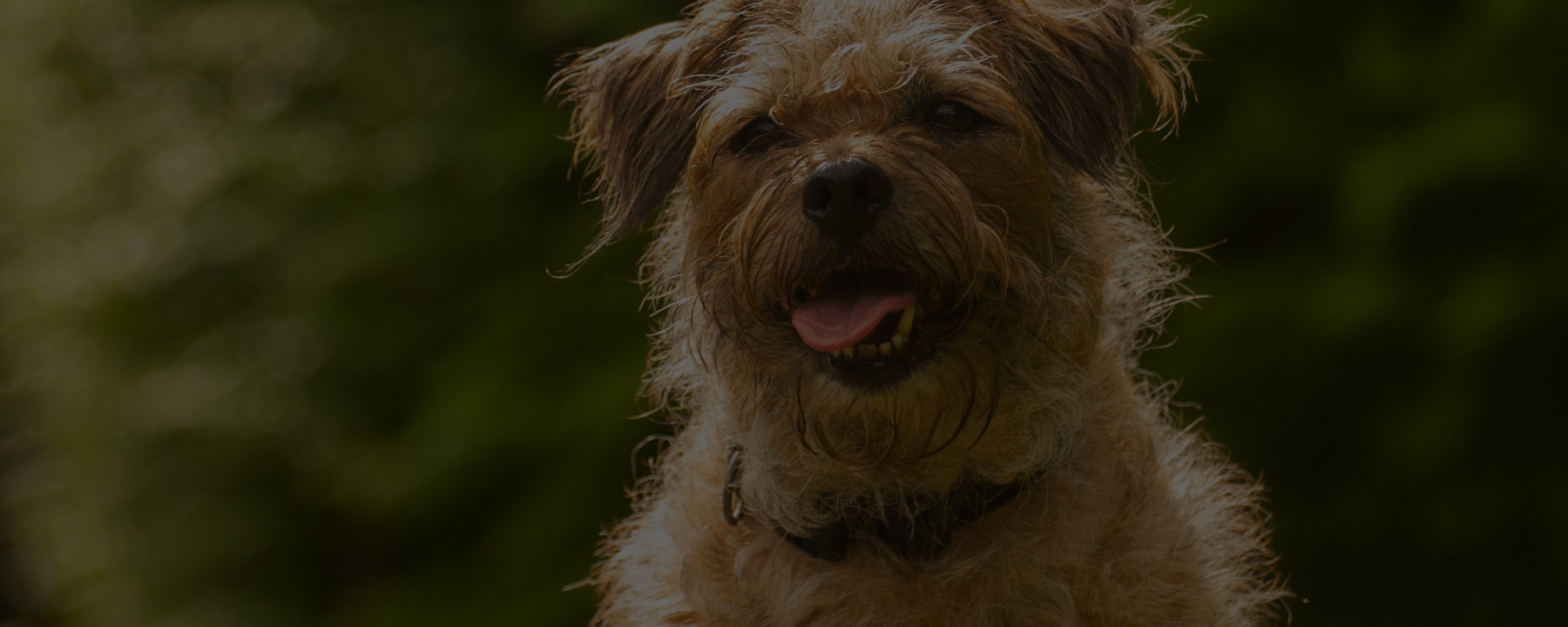Do you want to learn how to properly groom the coats of all dog breeds? It can be intimidating when you think about all the different shapes, sizes, and breeds of dog out there, but not to worry! Just like with everything else, you have to take it one step at a time.
In our online dog grooming course, you’ll learn how to work with dogs with different coat types and about the kinds of tools you’ll need to sort through to best groom your canine client. Want to know more about how the course works? Keep reading to find out what you can expect in our grooming course!
Course Video Sample: Grooming a Terrier
One of the easiest coats to groom is the wiry coat of the Border Terrier. There is no pattern or transitional lines marking off coat lengths that must be maintained, so the grooming process is relatively speedy. Today, we’ll be showcasing an instructional video on how to do just that by Lisa Day, QC Pet Studies instructor and tutor!
Let’s recap!
The hand stripping technique:
Lisa is demonstrating the hand stripping technique here. She starts with one of the wider, although not the coarsest blade. When it comes to the technique, she pulls the hair up to catch some of the longer hairs in the coat. The trick is to lay the comb right up against the hair and balance it against the thumb. The hair should be between the thumb and comb, and then you must pull the blade straight back in the direction of the coat. Repeat all over the body.
The hairs come straight out of the pores (painlessly!) since the longer hairs are already dead. The terrier should not be affected by it at all. Lisa explains that you should not bend the wrist when using the blade to do the stripping as doing so would cut the coat, and instead of simply removing the dead coat. She likens the back and forth motion to rowing – keep this in mind!
If you need extra grip on the coat hairs, Lisa recommends applying rosin powder to the coat.
After hand stripping the top coat, move onto carding
Lisa demonstrates carding first with a furminator and then with a carding stone. You use the carding technique to remove all the dead downy undercoat that the wider blade can’t catch. The downy undercoat is soft and can mat so it must be stripped!
Stoning also helps with carding work as it brings out dead undercoat

Switch to a smaller stripping blade for the ears
Lisa explains that the ears are a smaller area and have a very soft coat. The hairs on the eats aren’t nearly as coarse as they are on the dog’s body, so you’ll have to switch up your tools! Use a finer stripping knife as the smaller blade accommodates for the smaller surface area to work with and provides you with more control as you work the coat. Do the rowing motion again by stripping the hair along the same direction of growth.
How the coat should look:
When you’re working the coat, you should start to notice that the coat begins to lie down closer and tighter to the dog’s profile.
Why hand stripping and not clipping?
Lisa explains that while clipping is a much faster process and many groomers would clip the coat of Terriers, hand stripping is better for the coat. Border Terriers are rich in color; the color is dark and vibrant. When you clip the hair, it would cut the top coat and reveal the undercoat, which is soft. This coat is usually a duller color, which would dilute the color of the Terrier’s coat and the texture of it would change over time.
Hand stripping in the grooming industry
This hand stripping technique requires more maintenance and it takes longer to do compared to clipping. Lisa explains that it is harder to find groomers who do this technique and that groomers who do tend to charge more for this service. It can be pricy to do this frequently, but it’s worth it to maintain the Terrier’s coat texture, look, and health if you can get your clients to bring in their dogs regularly.
Ready to tackle the grooming other breeds? Check out our Dog Grooming course to discover other grooming techniques and launch your career!




I want to buy reasonably priced rosin powder to help hand strip Border Terrier – any suggestions? Thanks.